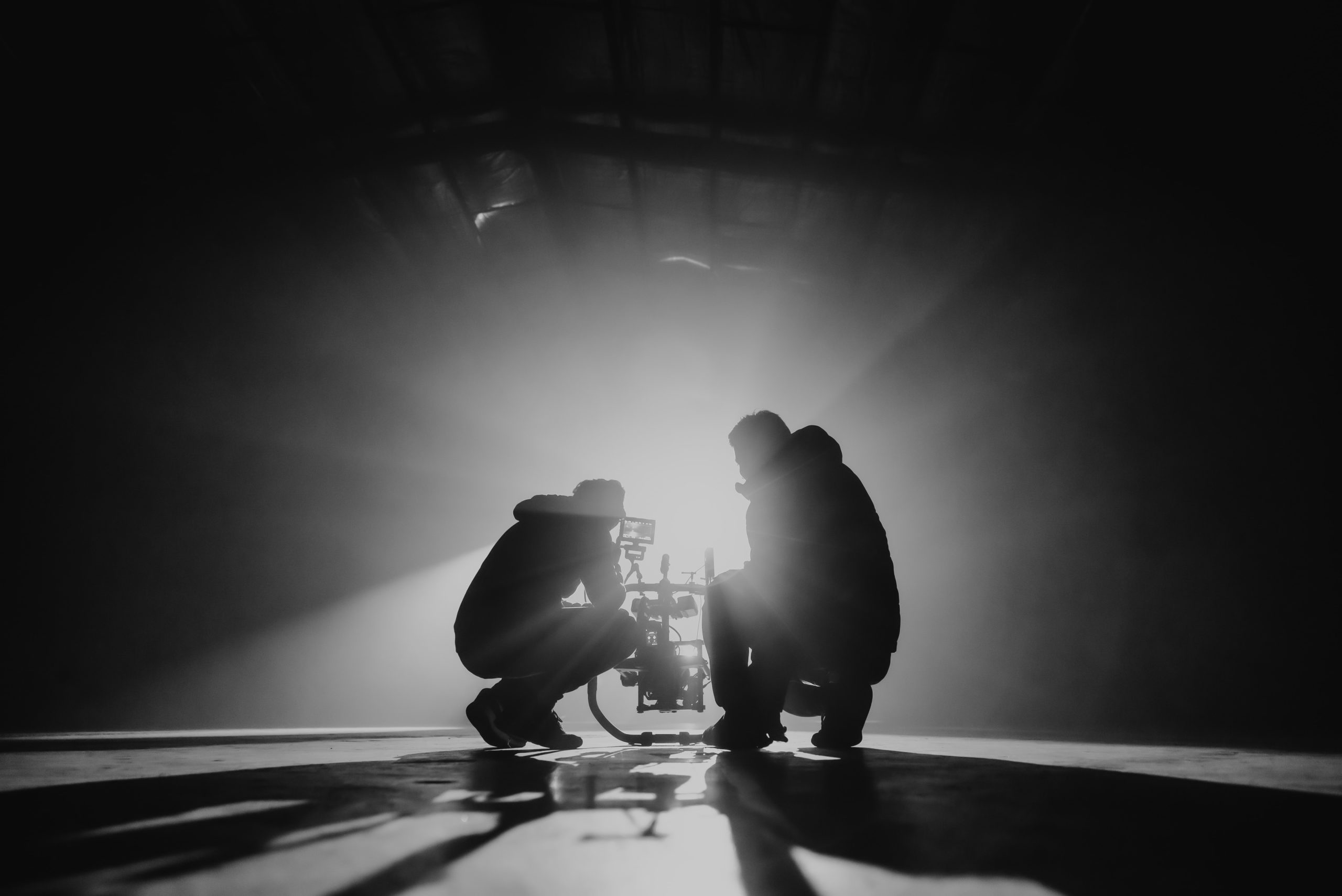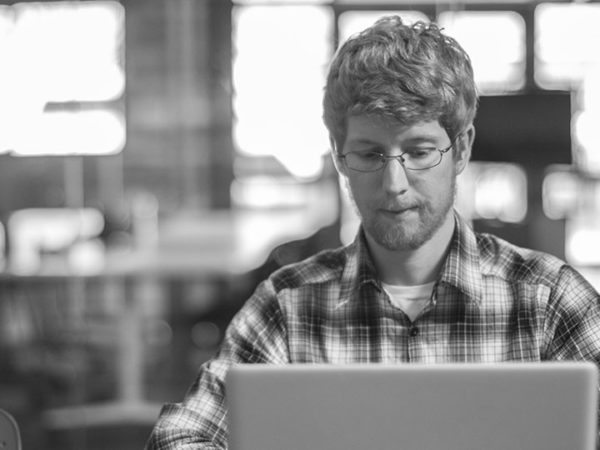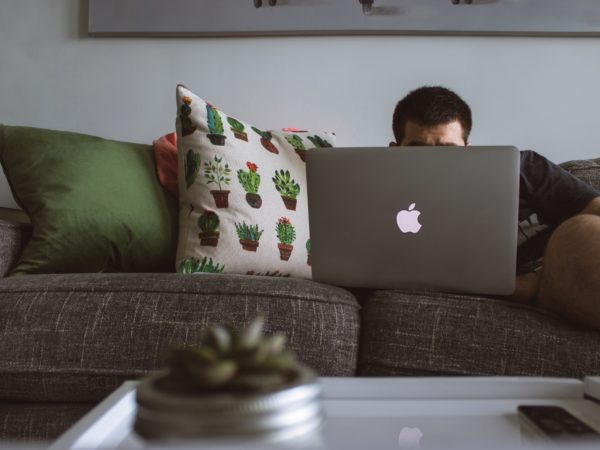
When you’re working as part of a team, communication is vital. You need to transmit your vision with as much detail and clarity as possible so that everyone on the team has a clear understanding of the objective, knows how to go about reaching it, and is excited about the project. Getting clarity on a vision – especially when collaboration is involved – is one of the key strengths of storyboarding. It is not the only reason why directors storyboard, but it is the benefit of storyboarding whose results can be the most readily and obviously seen.
A storyboard – akin to a comic strip – is a series of illustrations that define the roadmap for a longer video project. It comes from taking a script (in most instances the script is written before the storyboard, but not in all cases) and putting it in visual form, with camera angles, lighting, etc.
From digital marketing agents, social media influencers, and content creators to Academy Award-winning directors, anyone who is serious about making quality videos and is not interested in wasting time storyboards. There’s no need to be frightened off if you are not a visual person. Storyboards can consist of mainly written text or snapshots. And with software and platforms dedicated to helping creators to storyboard, you don’t need to be a skilled illustrator to storyboard.
Whether your career goal matches up with how to build your business, how to climb the corporate ladder, or how to become a successful remote employee, the main ingredient for success will boil down to staying organized. And that’s exactly what storyboarding is designed to do for the video creator.
Storyboarding is an essential part of the process of video and film creation. It’s a great tool with lots of benefits. But don’t take my word for why you need to storyboard your next video. Instead, have a look at what these celebrated film directors say about storyboarding.
Steven Spielberg
Director of such timeless classics as Jaws, E.T., Jurassic Park, Shindler’s List, and many others, In a video where Steven Spielberg talks to a group of aspiring filmmakers, he says the following about how he handles the storyboarding, “I do most of the storyboarding myself…I can’t draw… but I use stick figures.”
He went on to describe what the storyboarding process means to him. “I pretty much outline the composition and of course the concept, the thought.”
You can also check out this video which shows Steven Spielberg going from storyboard to film shoot.
Ridley Scott
Pretty much any sci-fi movie set in the future made after 1982 owes a debt of gratitude to Ridley Scott’s Blade Runner. And that classic only begins to scratch the surface of this director’s great career whose highlights include Alien (1979), Thelma & Louise (1991), and Gladiator (2000).
In a master class he gave on the art of filmmaking, he said, “I’m always fascinated by what I boil it down to, for me, the performance of light on objects.” This mindset is what’s helped him achieve such ground-breaking and memorable films.
Regarding storyboarding, he said, “the storyboard starts off in my mind as I’m actually reading the script… I can literally get images – bing, bing – in the head, and that gets put down… Thumbnails are awfully fast if you know what you’re doing.”
He sums up best how he views storyboarding when he says, “It’s like a rehearsal for me. Because you have to articulate exactly what you intend to do.”
Alfred Hitchcock
With the exception of movie mogul and inventor of the storyboard, Walt Disney, there is perhaps no greater proponent of storyboarding as an indispensable tool in the filmmaking process than the late great Alfred Hitchcock.
Director of such cult classics as Psycho, Rear Window, Vertigo, and more, the acclaimed director once famously said about storyboarding, “Everything is decided on paper… I think a film should be made on paper ahead of time.”
You can take a look at some of the images from his famous storyboards – including those from The Birds and Notorious here.
The Bottom Line
Whether your goal is to make big studio award-winning films or simply to make great content for digital marketing, you’ll want to start off your project well prepared, with your ideas put down into physical viewable form, and in a way to make others collaborating on your project clear as to what the objectives are and excited about going about reaching them. This, in essence, is what storyboarding is designed to do.
You don’t need to be a great draftsman like director Ridley Scott. Steven Spielberg has admitted to being able to do no more than sketch out simple stick figures. In any event, there is software to help you out – even if you’re a talented visual artist. The important thing is to find the storyboarding tools that work for you so that your next project will be carried out in the most professional and the most pleasant and time-saving way possible.




